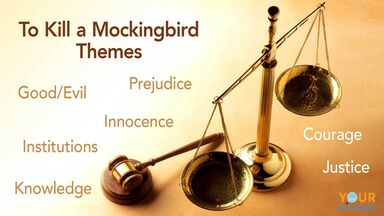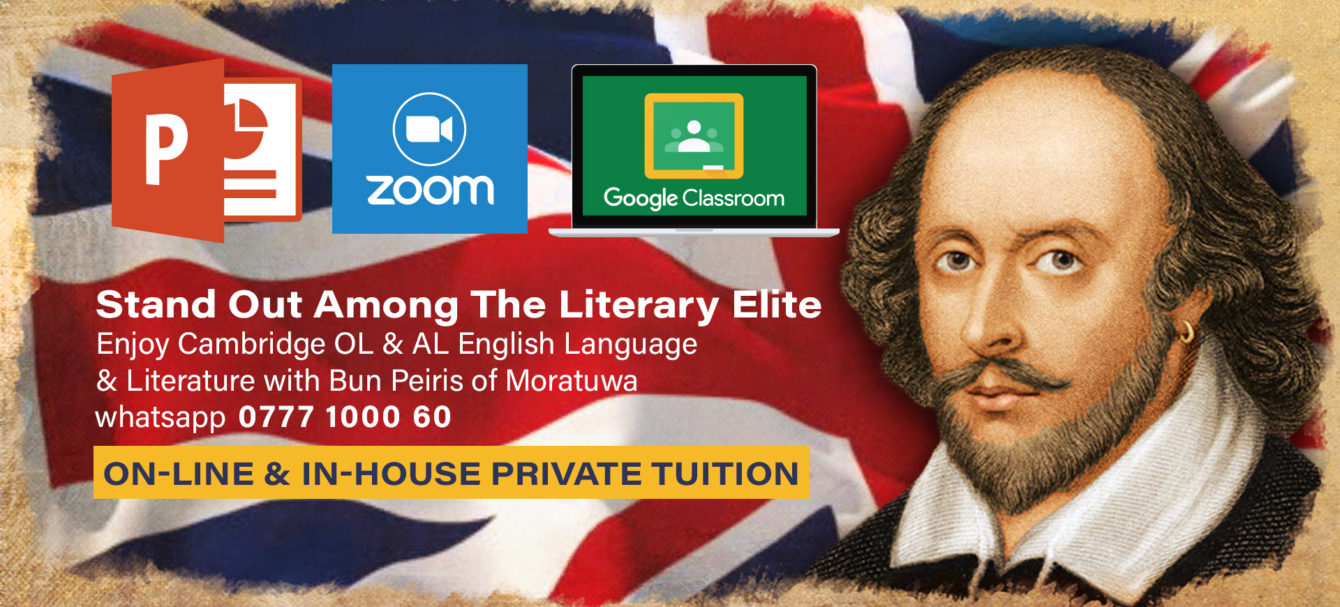To Kill A Mockingbird 1 : Exam Type Q & A

TO KILL A MOCKINGBIRD BY HARPER LEE

QUESTIONS WITH PROMPTS AND GUIDES AS A PART OF A DIFFERENTIATED STUDY PLAN FOR STUDENTS SITTING FOR EDEXCEL OL LITERATURE
[1] Literal Comprehension Questions: Short answer questions for each act of “To kill A Mockingbird” designed for Edexcel IGCSE students, with a focus on supporting slow learners. These questions are intended to be straightforward and focus on key plot points to aid comprehension for slow learners.
[2] Inferential Comprehension Questions to support the slow learners.
[ Infer = To “infer” means to deduce or conclude information from evidence and reasoning rather than
from explicit statements.]
[3] Further Inferential comprehension questions with answers for slow learners.
These delve deeper into the text, requiring students to read between the lines and understand the
underlying themes, motivations, and consequences.
[4] Examination-type questions and short support answers for “To kill A Mockingbird,” to support all to get trained in composing essay-type answers.
Students need to bring in evidence in the form of quotations from the text of “To kill A Mockingbird”, explain the situation/encounter, and expand the given short answer to make it a fully-fledged essay-type answer written in PEEL [Point, Evidence, Explanation, Link] format.
| [1] Literal Comprehension question | [2] Inferential Comprehension Questions |
| What is the name of Scout’s brother? Who is the Finch family’s cook? Where does the Finch family live? What is the name of the mysterious neighbor who never leaves his house? What is Scout’s father’s occupation? | How does the White American Finch family view their cook? [What do you think of the relationship between Finch family and the colored (black American) cook?] How do you view the relationship between Atticus and his two children? [What’s your point of view of the relationship between Atticus and his two children?] |
| Further inferential comprehension questions. Expand the given answer. Support your points/claims with the evidence in the form of quotations from the novel or paraphrased statements of quotations. Follow PEEL paragraph writing technique to compose your answers. 1 Why might Boo Radley never leave his house? Prompt: Boo Radley might never leave his house because he is shunned by society and his family keeps him inside to avoid public scrutiny. 2. How does Scout feel about starting school? Prompt: Scout is eager but also anxious about starting school because she is curious and loves to learn but also fears the unknown. 3. What can we infer about Atticus Finch’s character from his interactions with his children? Prompt: Atticus Finch is a caring, patient, and morally upright father who values education and justice. 4. Why does Calpurnia discipline Scout more strictly than Atticus does? Prompt: Calpurnia disciplines Scout more strictly because she feels a sense of responsibility and wants to ensure that Scout grows up to be a respectful and well-mannered lady. 5. What might Dill’s fascination with Boo Radley suggest about his personality? Prompt: Dill’s fascination with Boo Radley suggests that he is imaginative, curious, and perhaps feels neglected or lonely, seeking excitement in his life. |
[Q] How does Harper Lee use the metaphor of the mockingbird to explore themes of innocence and morality in chapter 1?
Above is an interpretative type question yet the answer is confined only to Chapter 1 to make matters easier for you, that is to say, ease you into writing a fully-fledged answer that needs you to have a grasp of the whole novel. It’s the kind of question you’d encounter in an academic or exam setting. However, to make it easier to answer, the scope of the question is limited to Chapter 1 of the novel instead of requiring a comprehensive understanding of the entire book. This limited scope is meant to help you ease into writing a short answer without the immediate need for in-depth knowledge of the novel’s entire form, language, and structure how these features build up the theme of the novel.
In essence, the task is simplified by focusing only on Chapter 1, allowing you to develop your answer gradually before tackling more complex questions that involve analyzing the whole novel.
[Q] Discuss the significance of the title “To Kill a Mockingbird” as it is introduced in Chapter 1. How does Harper Lee use the metaphor of the mockingbird to explore themes of innocence and morality in the novel?
[A] A short answer since the answer needs to be confined to the content in chapter 1
In Chapter 1 of “To Kill a Mockingbird,” Atticus Finch tells Scout and Jem that it is a sin to kill a mockingbird because they do nothing but sing beautiful songs and bring joy to people. This metaphorical statement sets the tone for the entire novel, symbolizing innocence and the moral imperative to protect those who are harmless and vulnerable. The mockingbird becomes a powerful symbol throughout the book, representing characters like Tom Robinson and Boo Radley, who are unjustly harmed by society’s prejudices. Just as killing a mockingbird is a senseless act of destruction, harming these innocent individuals reflects the unjust and immoral actions driven by prejudice and fear in Maycomb. Harper Lee uses this metaphor to explore deeper themes of empathy, justice, and the consequences of prejudice, urging readers to consider the moral implications of their actions.
Now, an examination-type interpretative question 1
[Q 1] How does Harper Lee use the metaphor of the mockingbird to explore themes of innocence and morality throughout the novel?
[A 1] In To Kill a Mockingbird, Harper Lee introduces the significance of the title as a metaphor that reflects the novel’s key themes of innocence, morality, and social justice. The phrase “to kill a mockingbird” symbolizes the destruction of innocence, as mockingbirds are portrayed as harmless creatures that bring only beauty to the world through their song. This idea is introduced by Atticus Finch in Chapter 10 when he tells his children, “it’s a sin to kill a mockingbird,” a message that serves as a guiding moral principle in the novel.
In Chapter 1, while the metaphor is not directly introduced, the groundwork is laid for its significance through the introduction of characters like Scout and Jem Finch, who embody the innocence of childhood. Additionally, the mysterious presence of Boo Radley foreshadows the exploration of misunderstood characters and the way society can unjustly judge and harm them—an extension of the “mockingbird” metaphor.
Throughout the novel, Harper Lee uses the mockingbird as a symbol of individuals who are innocent and vulnerable, yet subjected to harm by a prejudiced and morally flawed society. Tom Robinson, an African-American man falsely accused of raping a white woman, is one of the clearest examples of a “mockingbird.” He is innocent, yet he is destroyed by the racial injustices of Maycomb, a town steeped in prejudice. Likewise, Boo Radley, initially perceived as a dangerous recluse, is later revealed to be a kind-hearted, protective figure, another “mockingbird” wrongly judged by society.
By extending the metaphor of the mockingbird to these characters, Lee emphasizes the theme of moral conscience and the importance of standing up for what is right, even when societal norms dictate otherwise. Atticus Finch, who defends Tom Robinson despite knowing the odds, embodies this morality, teaching his children that true courage involves doing what is just, even when it is unpopular or dangerous.
The mockingbird metaphor and its connection to the destruction of innocence highlight the tragic impact of racism, injustice, and prejudice. It reinforces the idea that some of the greatest moral crimes involve the victimization of those who are innocent or defenseless, further exploring the novel’s themes of empathy and social morality.
Absolutely, Tom Robinson is indeed one of the clearest representations of a “mockingbird” in To Kill a Mockingbird. The metaphor extends directly to him as someone who is innocent yet persecuted by society’s deep-seated racism and prejudice.
Tom Robinson is falsely accused of raping Mayella Ewell, even though the evidence clearly shows he is innocent. His kindness toward Mayella, his willingness to help her, and his overall decency make him like a mockingbird—a creature that brings no harm but is destroyed unjustly. As Atticus explains to Scout, harming someone as innocent as a mockingbird is morally wrong, which is reflected in Tom’s fate when he is wrongfully convicted and later killed while trying to escape from prison.
Tom’s story illustrates how the metaphor of the mockingbird serves as a broader commentary on how society often victimizes those who are vulnerable, marginalized, or misunderstood. His innocence, both in terms of the crime and as a person, is a direct parallel to the harmlessness of mockingbirds, reinforcing the novel’s themes of racial injustice, the destruction of innocence, and moral integrity.
Essay Question 2:
[Q2] Examine the character of Scout Finch in Chapter 1. How does Harper Lee establish Scout’s voice and perspective as a narrator? What insights does Scout provide into the social dynamics and values of Maycomb?
Guide : In Chapter 1 of “To Kill a Mockingbird,” Harper Lee introduces Scout Finch as a spirited and observant young girl whose narrative voice offers a candid and perceptive view of Maycomb’s society. Through Scout’s eyes, Lee vividly portrays the town’s social hierarchy and racial tensions, revealing how deeply ingrained prejudice and discrimination are in the community. Scout’s interactions with her father, Atticus Finch, and their housekeeper, Calpurnia, illustrate the stark contrasts in Maycomb’s values and the complexities of race relations during that time. Scout’s innocence and curiosity allow her to question and challenge the norms and beliefs of the adult world, providing readers with insights into the injustices and moral dilemmas faced by the characters. Harper Lee establishes Scout as a reliable narrator whose youthful perspective illuminates the social dynamics and values of Maycomb, setting the stage for deeper explorations of justice and morality throughout the novel.
These essay questions and answers should help you delve into the themes, characters, and narrative techniques introduced in Chapter 1 of “To Kill a Mockingbird” for your studies.
——————————————————————————————————————–
Although the following 3 questions seem to fall into the category of “Advanced Critical Thinking”, such questions too might appear in the examination paper since, Edexcel International GCSE Literature (9-1) specification 2018 states, “Understanding the relationship between a text and its context (AO4)” encompasses the essence of a work of literature. You are not expected to answer these 3 questions only at the end of the novel. Yet while we study the novel make notes of the situations that we come across on “racial inequality, perspective, and historical context.”
[a] How does “To Kill a Mockingbird” address the issue of racial inequality? Provide specific examples from
the text.
[b] Analyze the role of perspective in the narrative. How does Scout’s point of view shape the story?
[c] Discuss the impact of the historical context on the themes of the novel.
How would the story be different if set in the present day?
For the complete set of answers to the questions, you may drop a line to whatsApp number
+94 777100060..
